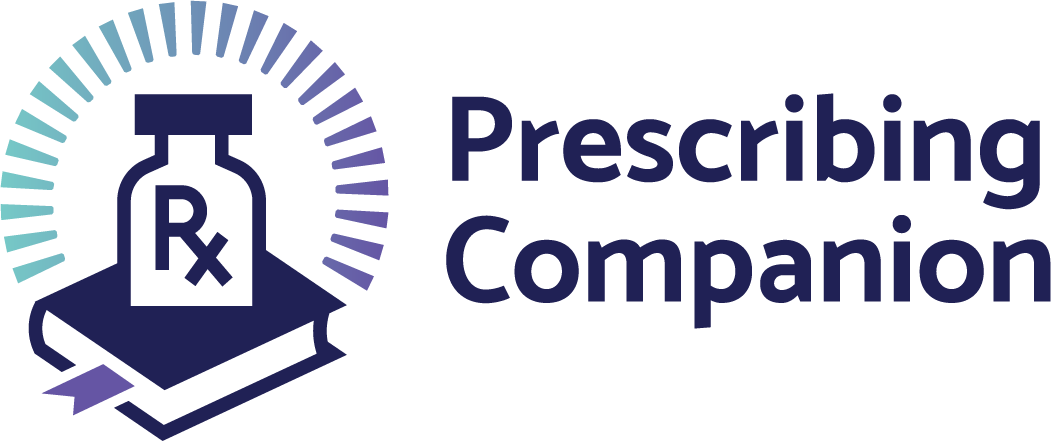Infective Endocarditis
exp date isn't null, but text field is
This is a microbial infection of the endocardium, which may result in valvular damage, myocardial abscess, or mycotic aneurysm.
Causes
- Streptococcal species (especially Streptococcus viridans)
- Staphylococci
- HACEK group
- Enterococci.
Predisposing factors
- Preexisting valvular disease
- congenital heart disease
- dental and surgical procedures
- intracardiac devices (prosthetic valves, pacemaker)
- intravascular catheters
- intravenous drug abuse.
- Can be acute and subacute.
Signs and Symptoms
- Fever
- Peripheral stigmata (splinter haemorrhages, Osler’s nodes, Janeway lesion, Roth’s spots)
- Pallor and jaundice
- Heart murmurs
- Features of heart failure
- Embolic phenomena
- Splenomegaly
- Hematuria
- Night sweats
- Arthralgia
- Malaise
- Weight loss
- Dyspnea
Investigations
- Blood culture
- Echocardiography
- FBC
- Urinalysis and microscopy
- U/E, LFTs
Duke’s criteria:
Two major criteria or One major and three minor or Five minor criteria
- Major criteria
- Positive blood culture X >2 (typical microorganisms for infective endocarditis)
- Positive Echocardiographic study ( vegetation on the valves, wall abscess, new valve regurgitation)
- Minor criteria
- Predisposing heart condition or injected drug user
- Febrile syndrome
- Vascular phenomena (embolism, CNS haemorrhage, conjunctival haemorrhage, Janeway lesion)
- Immunologic phenomena (glomerulonephritis, Rheumatoid factor, Osler’s nodes, Roth’s spots, false-positive VDRL test)
- Microbiologic evidence (positive blood culture, but not typical microorganisms)
- Echocardiography: suggestive but not positive for infective endocarditis
Treatment
Supportive
- Bed rest
- Good oral hygiene, regular dental review
Pharmacological
- Appropriate antibiotics: Penicillin G 10-20 MU /day IV in divided doses (4 times)or Ampicillin 8-12 g/day IV for 4 weeks and Gentamycin 1 mg/kg ( up to 80 mg) 3 times IV daily 2-4 week. If Staphylococcus aureus: Oxacillin or Vancomycin IV
- Treat heart failure and arrhythmias
Surgical
- Valvular replacement (indications: refractory heart failure, uncontrolled infection, fungal infections with large vegetation >10mm in size, recurrent systemic embolism, suppurative pericarditis, mycotic aneurysm or rupture of sinus of Valsalva)
Prophylaxis
Conditions in which prophylaxis is recommended:
- Prosthetic cardiac valves
- Previous infective endocarditis
- Certain types of Congenital Heart Diseases (unrepaired cyanotic CHD, complete repair of CHD with prosthetic material or device for first 6 months; repaired CHD with the residual defects at the site of prosthetic valve or patch)
- Cardiac transplantation with valvulopathy No prophylaxis is recommended for most dental, GIT and GUT procedures, with acquired valve disease, hypertrophic cardiomyopathy, a pacemaker or coronary by-pass surgery.
PreventionAntibiotics for prophylaxis, 1 hour before procedure:
Oral:
- Amoxycillin 2 g (adult), 50 mg/kg (children) or
- Cephalexin 2g (adult), 50 mg/kg (children) or Azithromycin 500 mg (adult), 15 mg/kg (children)
Parenteral
- Amoxycillin 2 g IM/IV (adult), 50 mg/kg (children)
- Cefazolin or Ceftriaxone 1 g IM/IV (adult), 50 mg/kg (children)
- Clindamycin 600 mg IM/IV (adult), 20 mg/kg (children).
